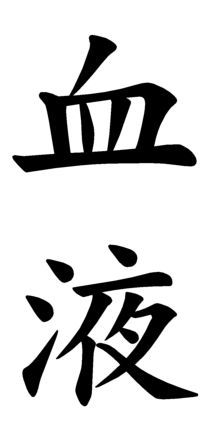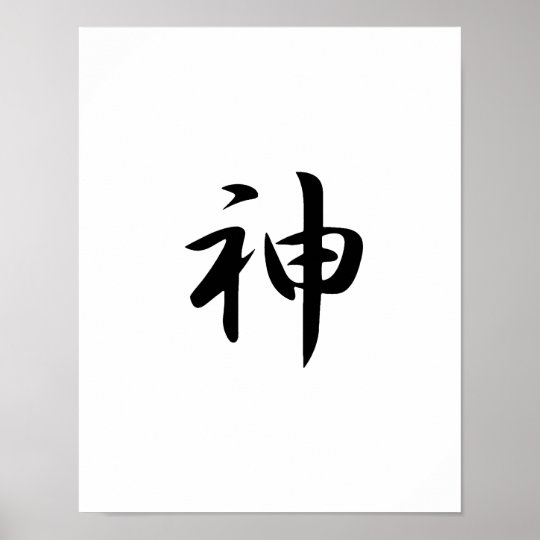

Kodama that were properly worshipped and honored would protect houses and villages.

Whatever form they took, kodama were said to be possessed of supernatural power, that could either be a blessing or a curse. (In modern times this mountain echo is associated with the yokai yamabiko and not with kodama). The sound of a tree crashing in the woods was also said to be the plaintive cry of a kodama. Echoes that reverberated through mountains and valleys were said to be kodama. A kodama’s curse was something to be feared.īut they were also a sound. Woe betide any unwary woodsman who took an axe to what looked like a regular tree, only to draw blood as he chopped into a kodama. Still others believed that kodama were rooted like the trees themselves, or in fact looked no different from other trees in the forest. Some believed that kodama were not linked to a single tree but could move nimbly through the forest, traveling freely from tree to tree. In ancient times, kodama were said to be kami, nature dieties that dwelled in trees. And if you read below you will find out why.Īlong with the kanji, what exactly a kodama is has changed over the centuries, from nature gods to goblin spirits. There is little difference between木魂, 木魅, or 木霊, all being variations of the term “tree spirit.”Īnother kanji used for kodama, 谺, also means echo. This is the most likely explanation for the use of 古多万.īut this combination is unsatisfying, and in later years 木魂 (木 ko tree – 魂 dama soul) was adopted as well as木魅(木 ko tree – 魅 dama soul), and now in modern times木霊 (木 ko tree) – 霊 dama spirit) tends to be used. Unrelated symbols were jammed together to approximate the pronunciation of existing Japanese words. Because ancient Japanese had no writing system, when the Chinese writing system was adopted kanji characters were often selected for sound rather than meaning. The word breaks down into 古 – (ko old) – 多- (da many) – 万 (ma 10,000). The oldest, 古多万, is ambiguous to say the least. It was spoken long before Japan had a written language, and over the centuries there have been three different kanji used to write kodama. Kodama is a very old belief, and a very old word. But the most common term, the one that is still used today, is kodama. Depending on where you lived, these spirits went by many names.

For whatever reason-maybe because of an interestingly shaped trunk, or a sequence of knots resembling a human face, or just a certain sense of awe-some trees were identified as being the abodes of spirits. The Japanese have always known that some trees were special.

If a tree falls in the forest, and someone hears it, is that the plaintive cry of a kodama? Because that is what ancient, tree-worshipping Japanese people thought. A monk should enter on the arduous course of discipline which leads to Bodhisattvahood and Buddhahood.Sourced and translated from Kaii Yokai Densho Database, Japanese Wikipedia, Yokai Jiten, Nihon Kokugo Dai-ten, and Other Sources The mahāsattva is sufficiently advanced to become a Buddha and enter nirvāṇa, but according to his vow he remains in the realm of incarnation to save all conscious beings. All conscious beings having the Buddha-nature are natural bodhisattvas, but require to undergo development. In general it is a Mahayanist seeking Buddhahood, but seeking it altruistically whether monk or layman, he seeks enlightenment to enlighten others, and he will sacrifice himself to save others he is devoid of egoism and devoted to helping others. of bodhisattva was 大道心衆生 all beings with mind for the truth later it became 大覺有情 conscious beings of or for the great intelligence, or enlightenment. the śrāvaka and pratyekabuddha, seek their own salvation, while the bodhisattva's aim is the salvation of others and of all. According to Mahāyāna the Hinayanists, i.e. 'The Bodhisattva is indeed the characteristic feature of the Mahāyāna.' Keith. While the idea is not foreign to Hīnayāna, its extension of meaning is one of the chief marks of Mahāyāna. (n,n-suf) (1) bodhisattva one who has reached enlightenment but vows to save all beings before becoming a buddha (n,n-suf) (2) High Monk (title bestowed by the imperial court) (n,n-suf) (3) (See 本地垂迹説) title bestowed to Shinto kami in manifestation theory (surname) Mizoroīodhisattva, cf. More info & calligraphy: Bodhisattva Bodhisattva (Buddhism)


 0 kommentar(er)
0 kommentar(er)
